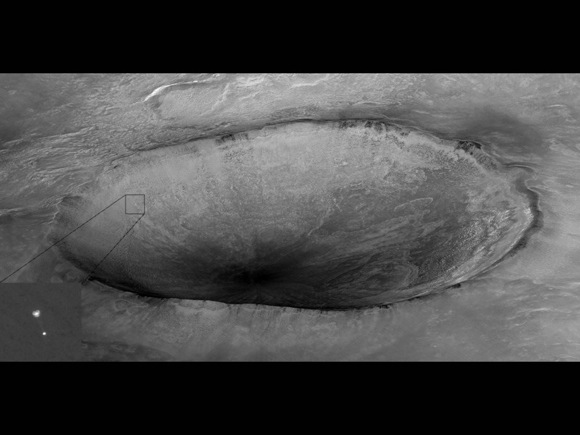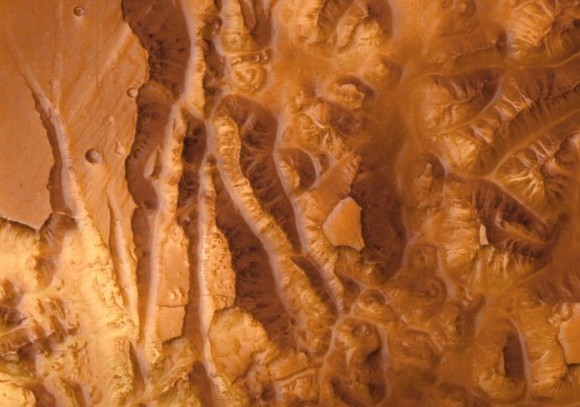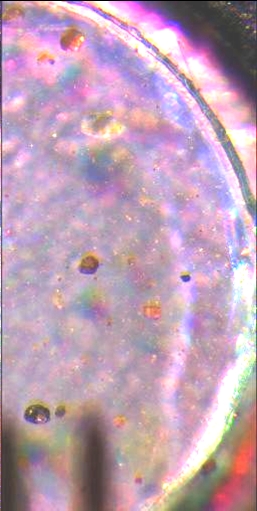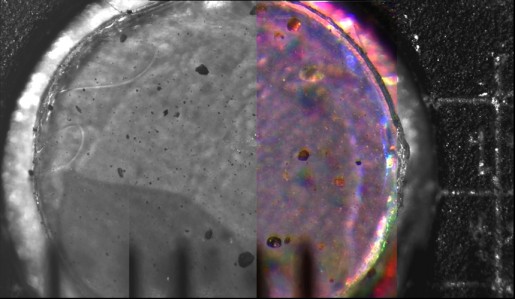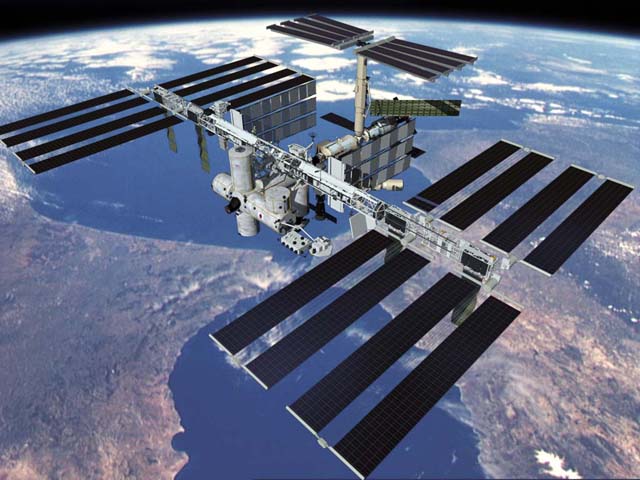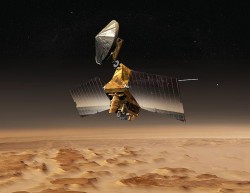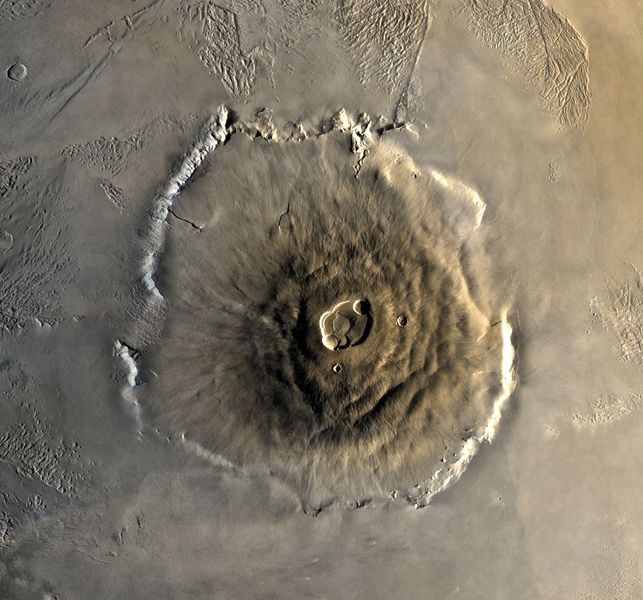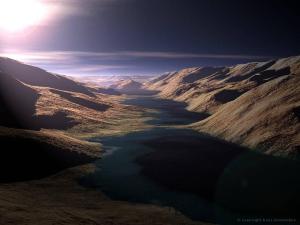Want to know the closest planet to Mars? Look down beneath your feet… you’re looking at it. That’s right, the closest planet to Mars is our own home planet: Earth.
During their orbits, Earth and Mars can get as close as about 55 million kilometers. Since both Earth and Mars orbit the Sun, they can also be on opposite sides of the Sun. At that point, the two planets can be as far as 400 million km apart.
Because of this vast range in distances between when Earth and Mars are close and far, you can see why Mars can be sometimes very bright in the sky, and hard to see other times.
Just for comparison, Mars only gets within 490 million km of Jupiter at its closest. So Mars is always closer to Earth, and the rest of the inner planets, than it is to Jupiter.
There are several images of Earth captured by spacecraft, either orbiting Mars, or roving around on its surface. If you could live on Mars, Earth would be a very bright object in the sky. Of course, since Earth’s orbit is inside the Mars orbit, our home planet would be an evening or morning star, just like the view of Venus from Earth.
And if you’re wondering how far Earth is from Mars, here’s the answer. And no, Mars isn’t going to look as big as the Moon in August; that’s a hoax.
The same question has been answered over at Wikianswers.
Finally, if you’d like to learn more about planet Mars in general, we have done several podcast episodes about the Red Planet at Astronomy Cast. Episode 52: Mars, and Episode 91: The Search for Water on Mars.






